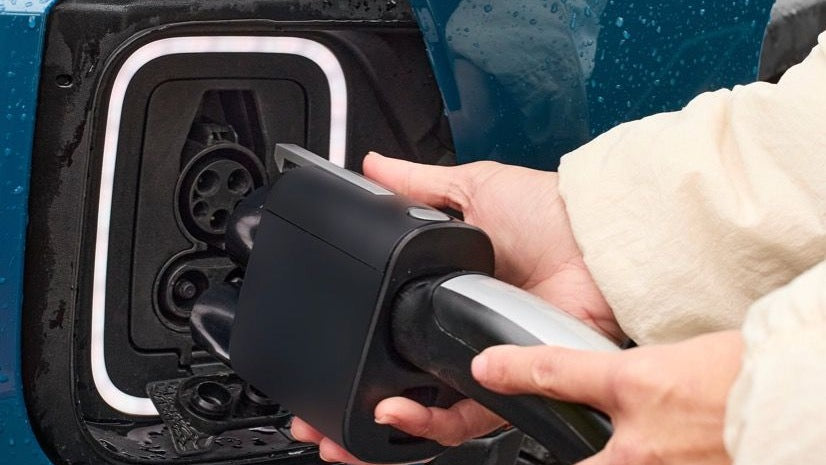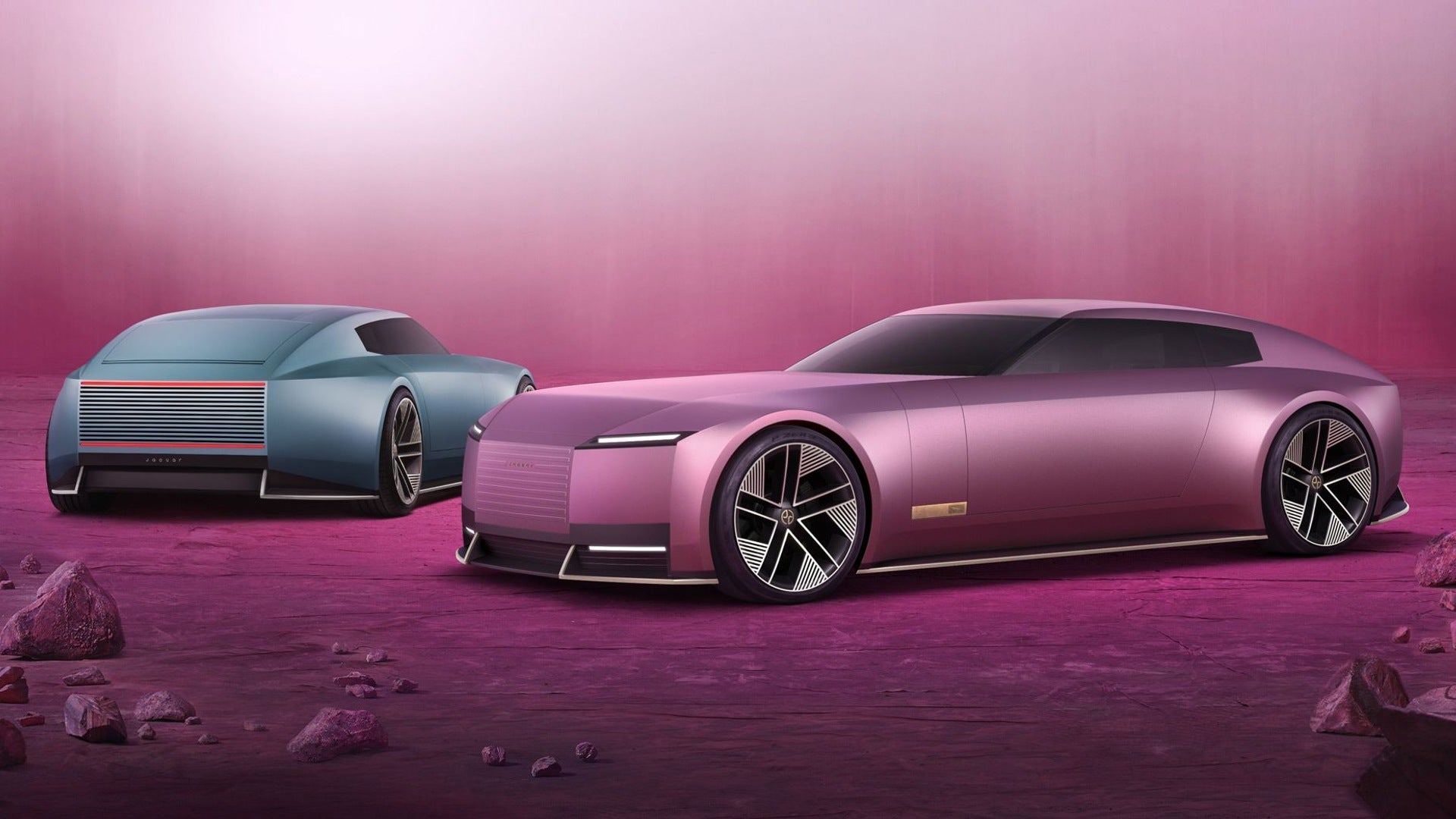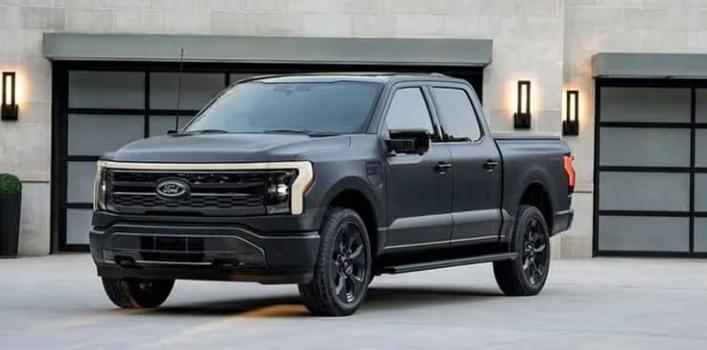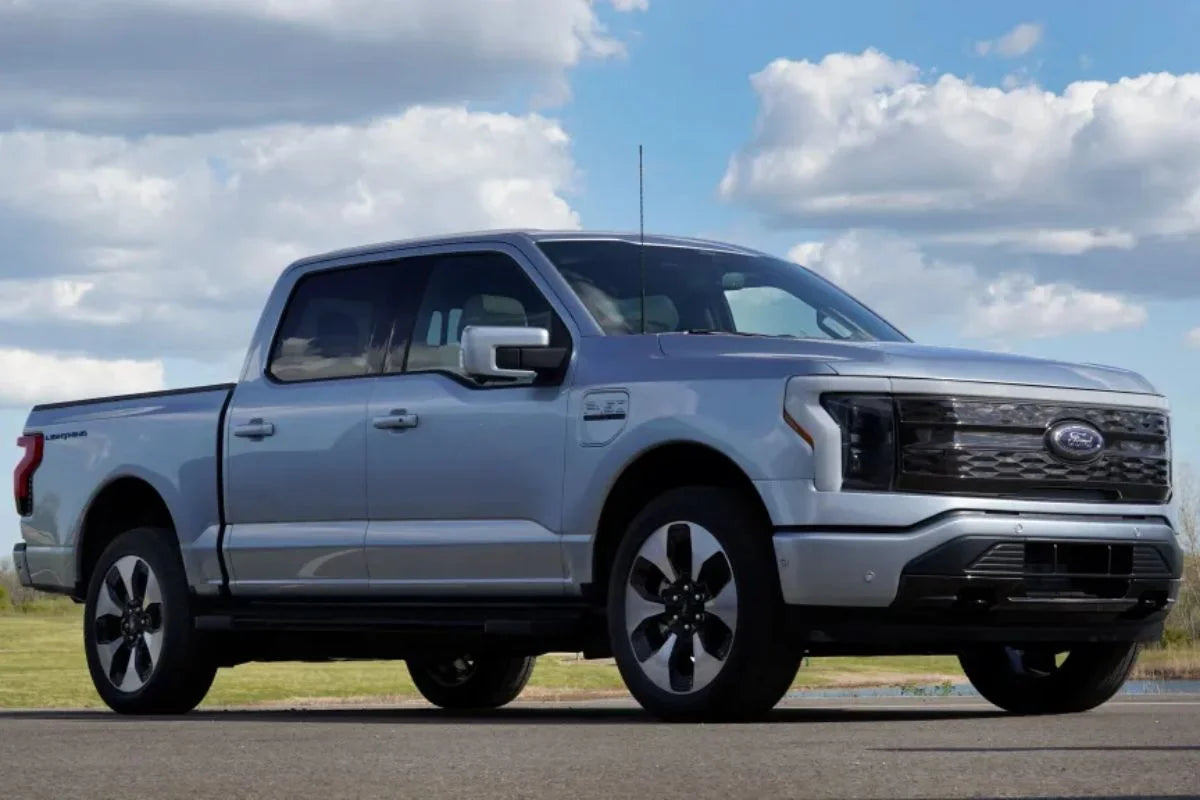As more EV owners try to bridge Tesla’s North American Charging Standard (NACS) with non-Tesla EVs or charging networks, compatibility questions and real-world issues are becoming increasingly common. One of the most frustrating problems drivers encounter is: “Why isn’t my Tesla NACS adapter working?” To answer this, we must understand the technical and electrical principles behind EV charging, the critical differences between AC and DC power, and the structural distinctions in NACS connectors.
1. AC vs. DC Charging: Fundamental Differences
Understanding alternating current (AC) and direct current (DC) is foundational to diagnosing adapter issues.
-
AC Charging: Typically lower-powered, AC charging delivers electricity that must be converted by the vehicle’s onboard charger into DC to charge the battery. These are commonly found in home Level 1 (120V) or Level 2 (240V) chargers.
-
DC Fast Charging (DCFC): High-powered charging that delivers electricity directly as DC, bypassing the vehicle’s internal converter. It’s used in public stations (like Tesla Superchargers or CCS networks) for rapid replenishment—often 80% in 30–40 minutes.
Problem source: Many Tesla NACS adapters are designed for AC only and don’t support DC charging. Attempting to use such an adapter at a Supercharger or DC station will fail by design.

2. How EV Charging Works: Power, Communication, and Safety
Charging an EV isn’t just about transferring electricity—it involves handshake protocols between charger and vehicle to:
-
Verify compatibility
-
Negotiate voltage and current
-
Ensure safety (grounding, short detection)
-
Start and stop the power flow securely
When using a NACS adapter, these protocols can break down if:
-
The adapter lacks DC signal pass-through
-
The vehicle is incompatible with the Tesla protocol stack
-
The charging station doesn’t support NACS communication standards (especially for CCS1-to-NACS use cases)
3. NACS Connector: Internal Design Differences for AC vs. DC
The North American Charging Standard (NACS) uses the same connector shape for both AC and DC charging. However, their internal wiring and signaling paths differ:
| Feature | AC NACS | DC NACS |
|---|---|---|
| Current Limit | 48A or 80A max | Up to 500A, 1000V DC |
| Control Signaling | Uses CP/PP lines | Adds PLC signaling for DCFC |
| Grounding | Local and vehicle-side | Enhanced for safety at high amps |
| Use Case | Level 1 & 2 (home/public) | Level 3 DC fast charging |
A common mistake: Using an AC-only adapter on a DC charger. Though the port looks the same, the wiring and communication differ significantly.
4. Adapter Compatibility: NACS to CCS1 or Tesla to J1772
Depending on the direction you're adapting:
-
Tesla to J1772 (AC): Works well for most Level 2 home chargers.
-
J1772/CCS1 to Tesla NACS (AC): Also works with correct adapters.
-
CCS1 DC Fast Charger to Tesla NACS (DC): Requires active electronics in the adapter and full support for communication conversion. Adapters like the EVDANCE Pulse Fusion NACS DC to CCS1 provide this, but many cheap options do not.
If your adapter lacks these capabilities, it won’t support DC fast charging—even if it fits the port.
Recommended reading: Volkswagen EVs Set to Connect to Tesla’s Supercharger Network by 2025
5. Common Reasons Why Your Tesla NACS Adapter Fails
a. Trying to use AC-only adapter at a Supercharger (DC)
Most third-party adapters (and even Tesla’s own J1772 adapter) do not support DC. Check labeling and product specs.
b. Your vehicle isn’t NACS-compatible
Many non-Tesla EVs cannot interpret Tesla’s handshake protocols without a software or hardware bridge, even with the right plug.
c. Adapter lacks internal protocol translation
Especially important for DC adapters. These must include control electronics that translate between CCS and Tesla systems.
d. Charger incompatibility
Some Level 2 public chargers (especially older ChargePoint units) may deliver inconsistent power levels or fail to initiate a proper handshake with certain adapters.
e. Firmware or software issues
Your EV’s firmware might need an update to work with new protocols (especially Ford, Rivian, and GM models now gaining NACS support in 2025).
6. Diagnostic Checklist
| Checkpoint | Fix or Verification Step |
|---|---|
| Using DC charger with AC-only adapter? | Verify specs; use DC-rated adapter like EVDANCE Pulse Fusion |
| Is your vehicle NACS-ready or requires CCS1? | Check automaker compatibility (e.g., 2025 Ford, Rivian now support NACS) |
| Is the charging station Tesla-native? | NACS adapters may only work on V3 Superchargers with retrofitted CCS |
| Does adapter have active electronics? | Avoid passive adapters for DC use; they will fail |
| Was the adapter recently updated? | Some premium adapters support OTA updates |
7. Choosing the Right Adapter: A Recommendation
For those needing reliable DC charging through NACS, the EVDANCE Pulse Fusion NACS to CCS1 DC Adapter is a high-performance solution. It supports:
-
Up to 500A / 1000V DC
-
Tesla Supercharger compatibility
-
Integrated communication bridge for CCS1 vehicles
-
Durable, automotive-grade connectors
This ensures safe and fast charging for EVs transitioning to NACS compatibility.
Conclusion: Know Your Adapter, Know Your Power
The Tesla NACS adapter isn't "broken"—in most cases, it's simply misapplied. By understanding the differences between AC/DC charging, the technical workings of EV protocols, and the internal structure of NACS, users can confidently select the right adapter for their needs and avoid costly frustration.








Share:
Best Electric Vehicles to Buy in June 2025
What Is an Onboard Charger (OBC) in an EV? Understanding How Your Car Charges